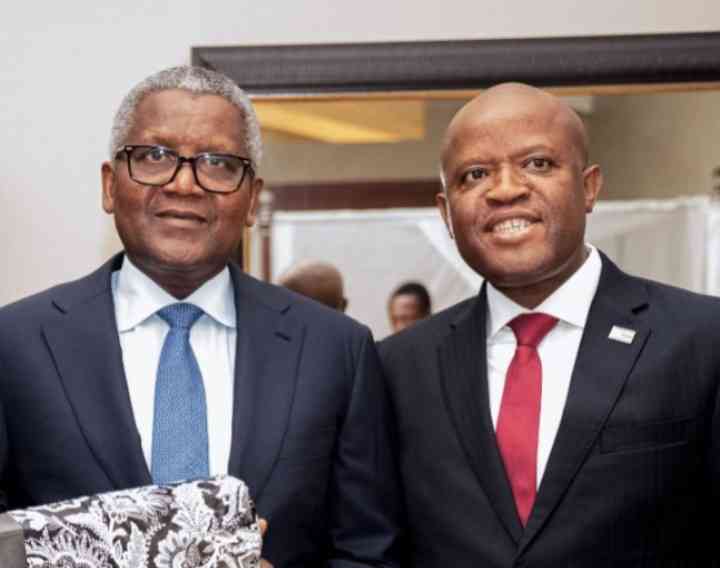
In this world where brands can be muddled through a terrorised legacy and external forces as change is constant there is need to solidify the dots through a proper brand rewiring. That is the reason why it has always been confusing whether to do a brand modification or rebranding. As once said by Bernard Kelvin Clive “The world is fast changing and until you learn to adapt and adjust to stand out from the masses, you will fade into oblivion”. In this edition we try to clarify the thin line that connects the two. This is when we as progressive SMEs resort to brand facelift as a business strategy.
There is need to be extra careful in this drive and be true to ourselves. This is by coming up with a sort of own-designed indicators/matrixes that will inform a brand failure/success (of course with the need to adjust). It should not be done haphazardly otherwise we throw away the victory so far through mistakes. Both brand modification and rebranding are as a response to the calls of the business environment (both internal and external). Mostly where customers’ tastes and preferences lead the decision besides a self/deliberate modernising of the existing brand. All needed is to strike a balance and be convinced on when to and not to modify or rebrand. This is because if it is done as a reaction or as habitual then the SME is highly likely to lose its identity and even become extinct. Imagine changing your name every month. No one will know who you are through such inconsistences (identity matters most as the core of any branding exercise). Remember that consistency in brand representation/use of branding elements is one of the characteristics of a successful brand.
To start with, brand modification is when we maintain the current brand name but only adjusting the characteristics of the presented offerings, especially when we come up with other beneficial attributes such as food fortification or improved safety in automobile. This is not rebranding to say. Now we look at what makes the rebranding exercise another version of the strategy. My practice in the field has made it clear that rebranding is mainly targeted on improving the image of the business. There are various factors that leads to a tarnished image on top negative publicity by any form of media and word of mouth. Rebranding a business changes everything that adds on to its identity and recognition, especially the key elements such as the logo, brand vision, representing colours, values and straplines. Sometimes even the types of offerings that the brand used to sell. This is a real process like starting afresh, hence much more care is needed here.
The advantage of rebranding is that it makes almost everything associated with the brand new. Here even the targeted audiences will change with a new relevance. So if done well, it will lead to an improved brand recognition than any time before. Ranking of the brand against others will also be improved through the same process. Hence, there is another value from this perspective if the right and adequate craftsmanship accompanies the rebranding process. Thriving SMEs need to go beyond just doing, but rejuvenating. Before engaging an overhaul of the branding, we need to go back into the market and experiment the upcoming brand by a representative of a larger market it is meant to serve. This helps not only in knowing and anticipating performance, but to strengthen through streamlining.
Then this is followed by internalisation through considering employees as the custodians of the new brand mission and vision. It should be known that the employees are closer to the customers than any other stakeholder and surely they should own the brand in keeping its promise(s). That is when they feel engaged and develop a sense of brand ownership. This will even encourage them to wear corporate colours, shout the brand slogan(s) and any other elements that speak the brand to its targeted markets. All that is needed is to create a corporate culture that is brand-centred through the employee rather than being led by the marketing/public relations department only. It should be systematic without any silos in brand ownership and representation.
Then besides coming up with new names, logos and colours, the new brand should fit into any other existing brand family. The brand should not come as a totally new thing since we have agreed that brands do fellowship. Publicity matters too as discussed in the previous edition when we go further to be innovative and directly link the new brand with the promotional mix that is advanced as compared to any other that we have used before. In actual sense, there should be intensive promotion of the new brand. Promotion can be by any form of media from traditional to digitalised/electronic. That helps in initiating an excellence brand equity which is a target of any brand in its inception. As part of the aforementioned rebranding process to improve the brand image the idea is to further create a new brand awareness, association and loyalty. This task of coming up with a new brand has never been easy, fellow entrepreneurs. It affects almost everything that is related to a brand (formation and existence). First there is the challenge of outcompeting one that has failed so as to gain the once intended mileage.
My wish is that our SMEs should not be enticed to rebrand for the sake of following a certain bandwagon, but due to a higher concern. Sometimes brand modification is the best way. Let’s do thorough research before leaping into rebranding. Also take into consideration the power of stakeholder engagement/involvement in the process. Many rebranding processes have failed due to the fact that some key stakeholders were not consulted. We take the challenge in this age as we share and grow together.
- Dr Farai Chigora is a businessman and academic. He is the head of Business Science at the Africa University’s College of Business, Peace, Leadership and Governance. His doctoral research focused on business administration (Destination marketing and branding major, Ukzn, SA). He is into agribusiness and consults for many companies in Zimbabwe and Africa. He writes in his personal capacity and can be contacted for feedback and business at fariechigora@gmail.com, WhatsApp mobile: +263772886871.
- Feature: Is IP education sufficient for African young inventors?
- Business opinion: Eco-branding
- Brand partnerships
- Business opinion: Brand storytelling










